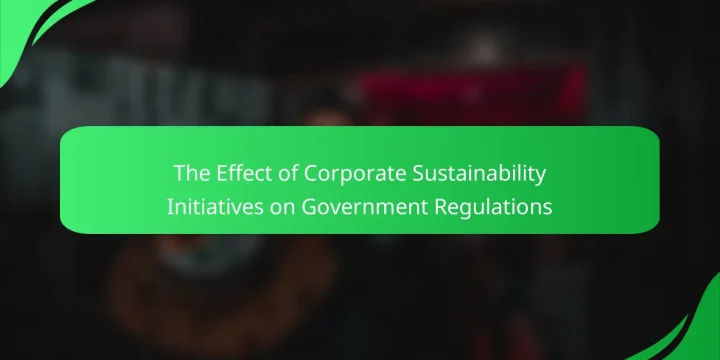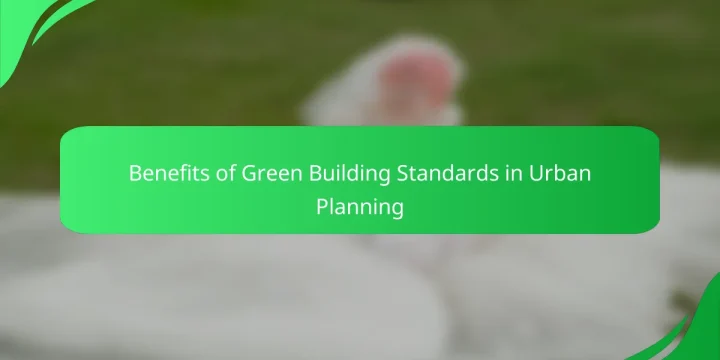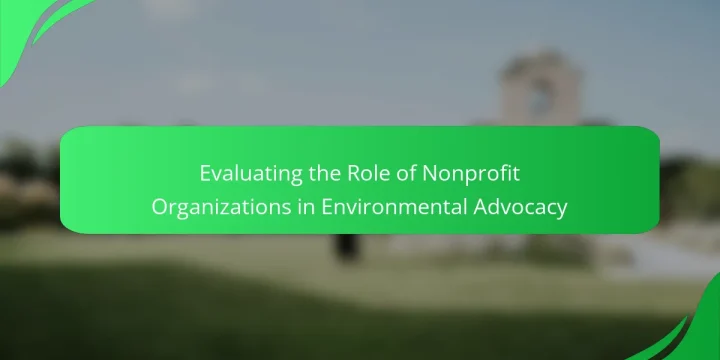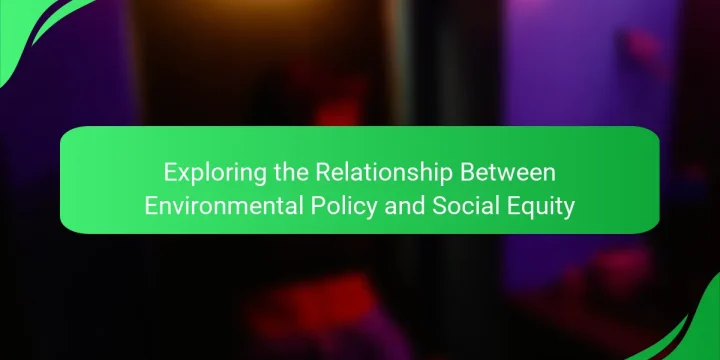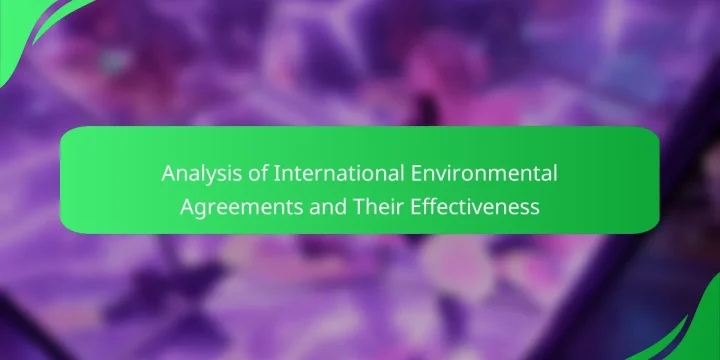
International Environmental Agreements are treaties between countries designed to tackle global environmental challenges such as climate change, biodiversity loss, and pollution. This article analyzes the effectiveness of these agreements, highlighting criteria such as compliance rates, environmental improvements, and policy implementation. Key examples, including the Paris Agreement and the Montreal Protocol, illustrate the impact of international cooperation on environmental quality. The discussion also addresses future prospects for these agreements, emphasizing the need for stronger enforcement mechanisms and enhanced collaboration among nations. Overall, the article provides a comprehensive overview of how international treaties can lead to significant advancements in environmental protection. What are International Environmental Agreements? International Environmental Agreements are treaties between countries aimed at addressing global environmental issues. These agreements facilitate cooperation on matters such as climate change, biodiversity, and pollution…



